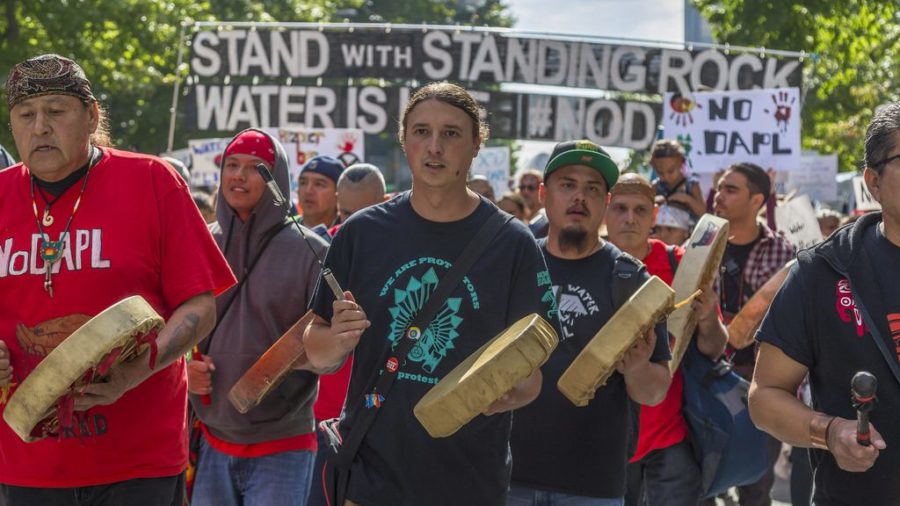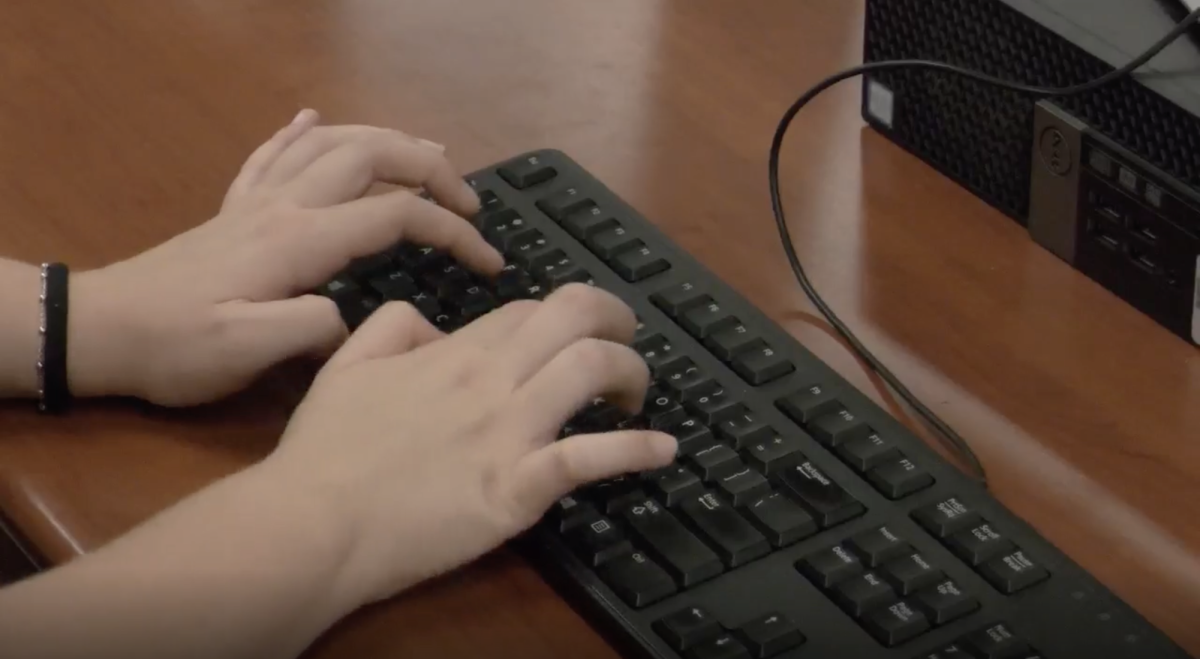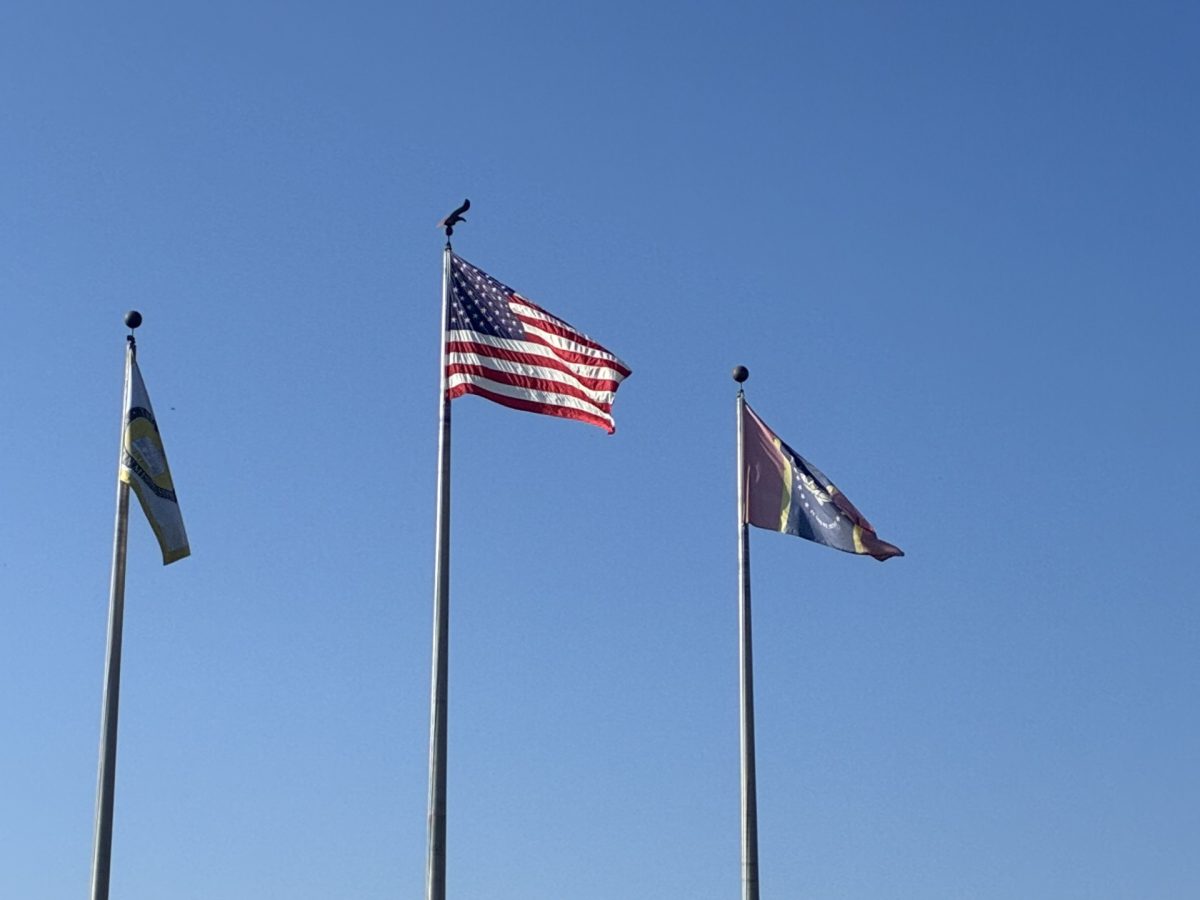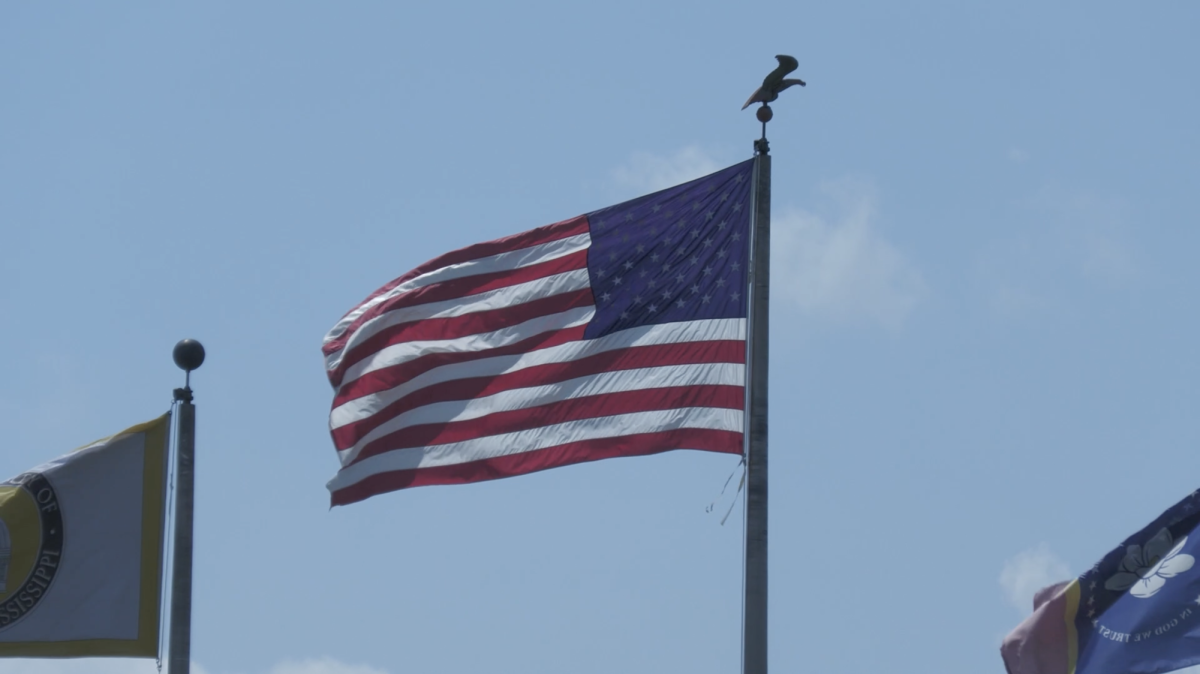At the end of October, Facebook users began sharing statuses encouraging their online friends to check into the Standing Rock Indian Reservation in North Dakota, hoping to confuse The Morton County Sheriff Department, which is allegedly targeting protesters who check into Standing Rock.
The practice has raised a question: Is social media activism enough to save the Standing Rock Sioux from the Dakota Access Pipeline?
“I didn’t know there were Indians in Maine,” said one of our very own Honors College students at an Open Forum in reference to a previous forum event regarding the Native Americans.
Though my first instinct was to roll my eyes and tweet about this girl’s ignorance, after much thought, I realized I couldn’t really blame her.
When discussing American history in elementary and high school classes, we barely discussed the horrors the Native Americans experienced. Teachers included the fact that the Native Americans were indeed here first and that the white travelers brought various diseases that killed millions of indigenous people, but the conversation usually ends there. Many teachers fail to go into detail about where the remaining people went (with the possible exception of the Trail of Tears,) and – at the time, at least – none of us bother to ask.
We treat the Native American people as if they’re extinct, only to talk about them during Thanksgiving plays, history classes and Halloween when many of us are making a mockery of their symbolic traditional dress or when one of us is trying to claim that we have (insert percentage) Native American in us without knowing which tribe. It’s a classic example of liking a culture without having any respect for the people of that culture.
This disrespect is exemplified by the recent issue of the Dakota Access Pipeline, which according to its website is meant to “safely transport U.S. crude oil from the Bakken/Three Forks formations in North Dakota to a terminus near Patoka, Illinois to support U.S. consumers’ energy needs.” The website also claims that the pipeline will “reduce the amount of crude oil shipped by truck and by rail and increase the amount shipped by pipeline.”
It’s great that the federal government is looking for more national oil sources rather than importing oil from foreign countries, but the Dakota Access Pipeline threatens the Standing Rock Sioux’s main drinking water resource: the Missouri River. Not only that, but the pipeline runs through the tribe’s sacred burial grounds. The tribal leaders claim that no federal government members contacted them during the permit process, which Time claims is required by law.
Ever since white travelers stepped foot on American soil, Native Americans have been disrespected. When the travelers arrived, they killed Natives off with disease, gave them tobacco and alcohol and forced them off of the majority of their land to be secluded on reservations. When Americans so generously let the Natives into American culture, the Natives were forced to assimilate: boys had to cut their long hair, adults and children were strongly persuaded to convert to Christianity, and most appallingly, children were taken away from their communities and put into the foster care system to be put with white families to quicken the assimilation process.
According to the Huffington Post, for years the Native people have been dealing with issues such as police brutality and mass incarceration, high poverty rates, the continual loss of land at the hands of the federal government, mental health disorders like PTSD and depression, violence against women and children, overcrowded housing, poor healthcare, youth suicide, the death of their languages and non recognition of some native communities by the federal government.
The fact that the indigenous people (5.4 million according to the 2014 census and 567 tribes according to the U.S. Department of the Interior) have experienced so much turmoil since the arrival of Europeans is disheartening, as is the fact that their worsening problems have gone unnoticed in recent years.
However, it could be argued that we as a nation have been trying to better the indigenous people’s way of life. In a document provided by the White House’s website, there have been programs put into place to do so. The document titled “Obama Administration Record for American Indians and Alaska Natives” states that the relationship between the federal government and Native government will be strengthened, there will be improvements in healthcare and economic development, tribal communities will be safer and representation will be heightened, among other pleasant sounding things that probably didn’t happen. Thanks, Obama (and every other president that came before you.)
It’s even more saddening when you think about how common it is for other minority groups to gain national recognition for protests against injustices while the natives, America’s first people, are ignored.
As an African American, I am inspired to check my own privilege. Though I am a minority, my race has been given a platform through highly publicized social justice movements like Black Lives Matter. Because of movements like that one, the majority of the nation is now educated on significant issues the black community faces and is forcing those issues to be addressed.
While it was up to us, the members of the black community, to organize the movement (as it is the responsibility of any other group to be their initial advocates,) we couldn’t have gained higher ground if without the support of allies of all races. Frankly, I don’t think the Natives have a strong enough community to organize their own effective movement. The Natives have been and still are powerless due to the Europeans treating them so in centuries past. More importantly, they have been erased from most of our minds because they are secluded on reservations, aren’t that integrated into everyday American cultures and lack representation.
To answer the initial question regarding the power of social media activism in regards to saving the Standing Rock Sioux from the Dakota Access Pipeline, it’s not saving anyone from anything. Like most social media activism, the Facebook status and check- ins are simply bringing awareness. While that may be useless in saving the Sioux, this social media activism serves as a reminder to the rest of us that the Native people are still here. And I think that’s important for people like me, a minority who is often concerned with the problems within my own community, or people like my Honors College peer who forgot that the Native people can be found in every state.
While awareness is great, I definitely believe that we need to do more to actually begin to help. We can show solidarity for the Sioux by signing petitions against the Dakota Access Pipeline, donating to GoFundMes that go toward the legal defense of protestors or directly to the Standing Rock Sioux tribe and finally, being an active protesters ourselves in North Dakota.
For far too long, we as a nation have failed to acknowledge the Native Americans’ rights as human beings and have forgotten that they even existed. Now that the Standing Rock Sioux’s concerns about the Dakota Access Pipeline have been recognized by social media users, there’s slight hope for the tribe’s future.





























